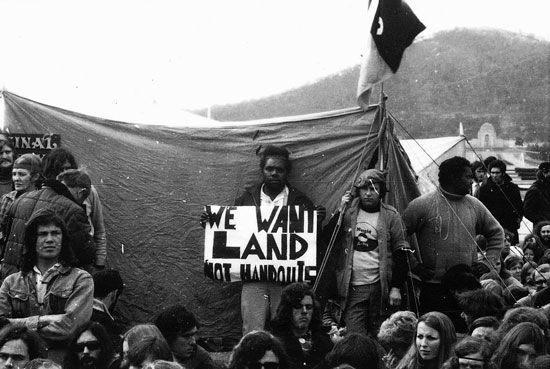See, among others, Brian Massumi, “Introduction: Concrete is as Concrete Doesn’t,” in Parables for the Virtual: Movement, Affect, Sensation (Durham: Duke University Press, 2002), 1–22; and Rosi Braidotti, Metamorphoses: Towards a Materialist Theory of Becoming (Cambridge: Polity Press, 2002).
See, among others, Michael Walzer, Politics and Passion: Toward A More Egalitarian Liberalism (New Haven: Yale University Press, 2004).
Public Culture vol. 14, no. 1 (2002): 215–238.
See Lee Edelman, Homographesis: Essays in Gay Literary and Cultural Theory (New York: Routledge, 1994); and Leo Bersani, Homos (Cambridge: Harvard University Press, 1996).
Social Analysis vol. 49, no. 2 (Summer 2005): 173–181.
A longer version of this interview was originally published as “A Conversation with Elizabeth A. Povinelli” in the second volume of Tran-Scripts, an interdisciplinary online journal in the Humanities and Social Sciences based at the University of California, Irvine.
